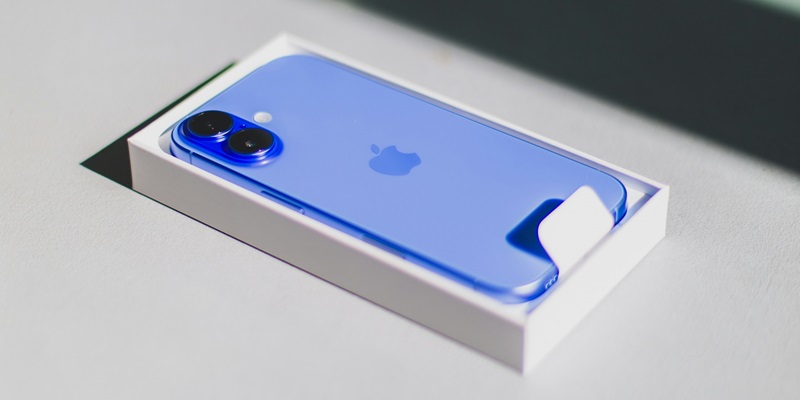Apple’s introduction of the new Camera Control button in its iPhone 16 series has sparked considerable debate among teardown and repair experts regarding its durability and repairability. The Cupertino giant rolled out this capacitive button with a sapphire crystal coating, asserting that the component is exceptionally robust. However, experts such as iFixit and Phone Repair Guru have expressed significant concerns over its design. What sets this button apart is its intricate construction: welded to the frame at two points and featuring a dedicated integrated circuit. This complexity doesn’t just make repairs difficult; it turns even the replacement of the button into a potentially costly affair, as it designates the entire enclosure as a replacement part within iOS 18’s Parts and Service History section.
Experts are particularly troubled by Apple’s decision not to offer the Camera Control button as a standalone replacement part. Instead, the company sells entire enclosures for the iPhone 16 series, suggesting that a broken button would require buying a new mid-frame. This solution is both costly and inconvenient for users, who are left without a simple, affordable way to address a single broken component. Additionally, the absence of Touch ID support in the new button has drawn criticism from consumers who had higher expectations for this new feature.
Design and Durability Concerns
Another critical issue raised by JerryRigEverything involves the durability of the sapphire coating itself. The renowned reviewer tested the button’s resilience, only to find that the material’s grade varied, registering between levels 5 and 8 on the Mohs hardness scale. This range indicates a far less consistent durability than Apple claims, putting the component’s robustness in question. While sapphire is generally considered highly durable, the variability in its hardness in this instance undermines its effectiveness as a protective layer for the Camera Control button.
Hugh Jeffreys has added his voice to the growing chorus of skepticism surrounding the iPhone 16’s repair features. Despite Apple’s assertions that they’ve upgraded this model to support independent repairs, Jeffreys points out that many new features still rely heavily on Apple’s servers to function correctly. This dependency adds another layer of complexity to the repair process, raising questions about the device’s genuine user-friendliness and Apple’s commitment to facilitating independent repairs. These concerns come against a backdrop of growing consumer demand for more easily repairable smartphones.
Broader Implications for Reparability
Apple’s launch of the new Camera Control button in its iPhone 16 series has sparked a lot of discussion among teardown and repair experts about its durability and ease of repair. The tech giant claims the button, coated with sapphire crystal, is exceptionally strong. However, experts like iFixit and Phone Repair Guru are expressing serious concerns about its design. The button is unique because of its complex build, being welded to the frame at two points and having its own integrated circuit. This makes repairs tricky and replacing the button potentially very costly, as it marks the entire enclosure as a replacement part in iOS 18’s Parts and Service History section.
Experts are especially worried about Apple’s decision not to offer the Camera Control button as a standalone replacement. Instead, Apple requires purchasing entire enclosures for the iPhone 16 series, suggesting a broken button would mean buying a whole new mid-frame. This solution is both expensive and inconvenient for users, who lack a simple, affordable way to fix a single broken part. Additionally, the new button’s lack of Touch ID support has disappointed consumers who expected more from this feature.

